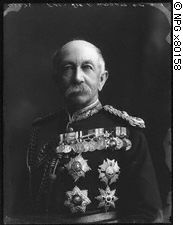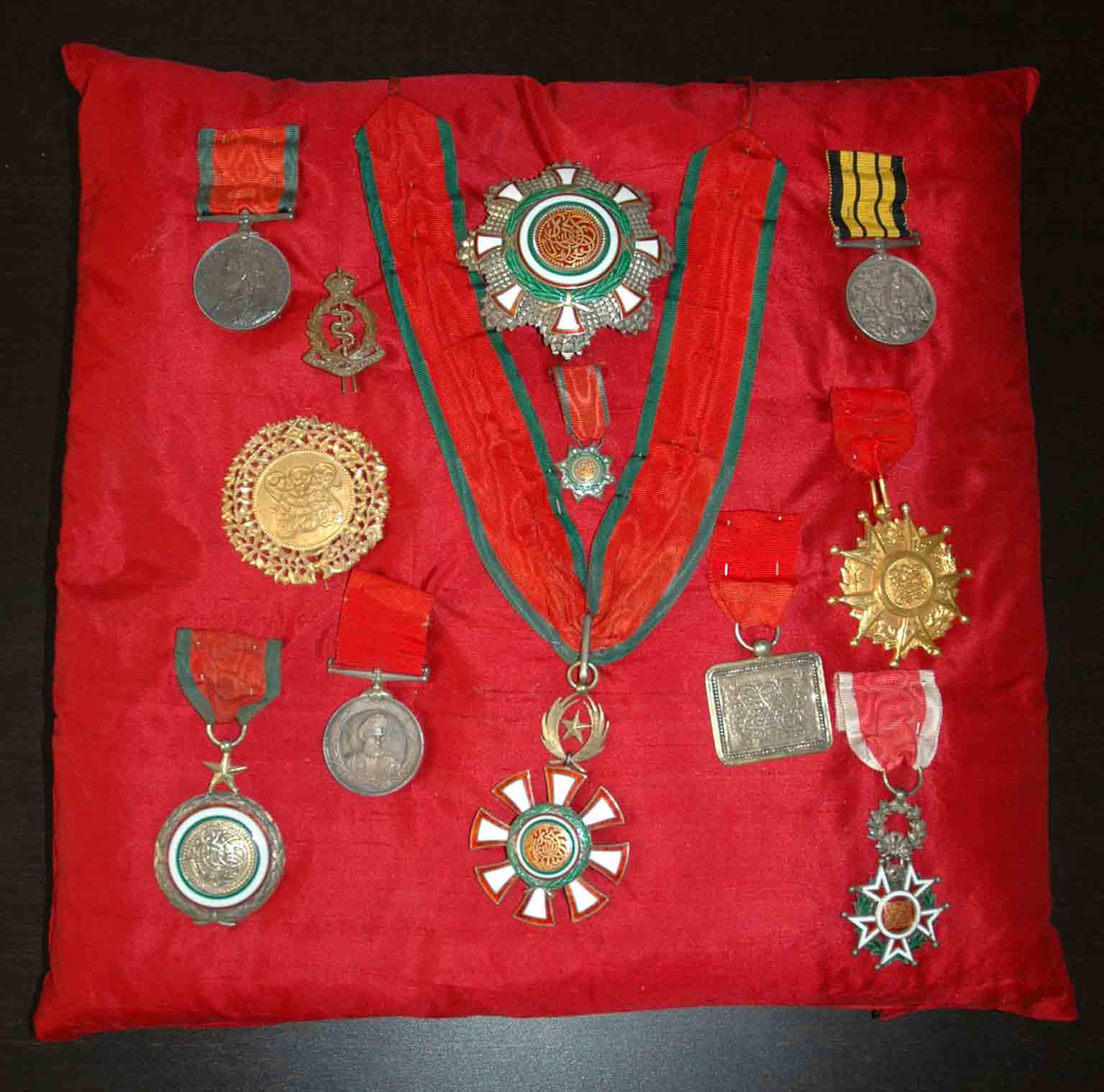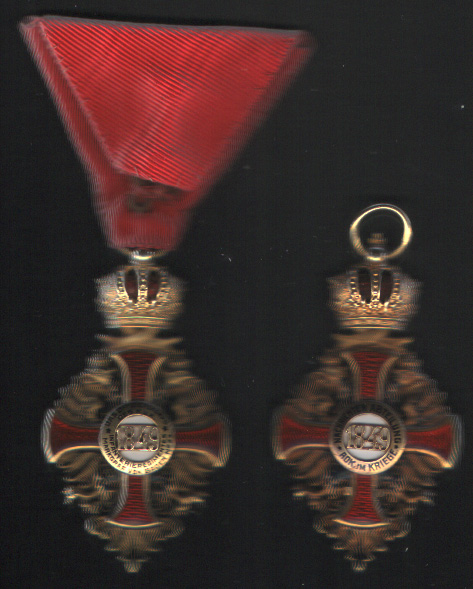-
Posts
1,147 -
Joined
-
Last visited
-
Days Won
12
Content Type
Profiles
Forums
Blogs
Gallery
Events
Store
Posts posted by Elmar Lang
-
-
Hello,
I mean that in the 80s-90s, the price asked in Italy for Soviet awards was very cheap.
On the opposite, I remember the prices asked in auction, back in the '70s, at a then famous auction house, based in Munich, Germany: those Soviet pieces were very expensive thanks to their rarity, due to the strict Soviet law. Of course, the Soviet crysis made those pieces enormously cheap, much cheaper that their actual rarity and/or historical value and importance.
In my opinion, the prices of today are not an expression of importance/rarity, they just express the desire of possess from people with no problems of cash. A similar situation happens with contemporary art and happened in the past with big buyers from the Middle East. But this is another story.
Best wishes,
Enzo
0 -
...and I prefer not to remember the price (asked in Italy) of Soviet awards in the years 1989-1995, when many people was used to say "why collecting those horribly designed things?".
Enzo
0 -
"...Now these items - which spent some years in the west - are going back to Russia into the bank vaults of some Russian collectors. ..."
...until some Russian collectors die and leave their collections to the Central Army Museum...
...until the next Russian crysis.
Our sons shall see (and possibly, collect, taking those pieces to the West, etc. etc. etc.).
Best wishes,
Enzo
0 -
hi,
it sounds strange that in museums there are crudely made cast copies on display, when the Soviet State Mint produced orders made for museum display: those pieces were marked and/or engraved "Образец" on the reverse.
Could it be possible that many original (or official copies) pieces have been sold in the '80s and now substituted with less-valuable copies?
Best wishes,
Enzo
0 -
Hi,
I've had a lot of fun, in the '80s-early '90s, collecting orders and decorations of the ex-USSR as a "divertissement" from my central collecting theme: Austria-Hungary. I agree that now I couldn't afford most of the then relatively cheap pieces.
Now I'm afraid that when Russian collectors would have bought every tsarist and soviet piece, from the cheapest to the rarest one, they could decide to collect western european orders...
Enzo
0 -
...and please don't forget that a (honestly quite rare) screwback Order of the Red Banner with "2" was sold at an auction of Thies in October 2007 for ? 15.000,- plus buyer's premium.
Again, about Russia and its new phaleristic market, let's not forget for how much Russian Imperial orders are sold, lately. I'm not speaking about most rare orders, but simply the most common classes of the St. Stanislas Order...
Excuse me for this nearly off-topic reply, but I cannot forget those days in the years 1987-1994, when many CCCP pieces were available for unrealistic (but interesting for us collectors) prices...
Best wishes,
Enzo
0 -
Quoting Eric: "...so I have always considered this an introductory guide...".
I remember that also Sir Alan Gardiner called his work "Egyptian Grammar - being an introduction to the study of hieroglyphs": three editions (1927; 1950; 1957) and innumerable reprints until today.
That monument of philology, still introduces a lot of scholars and students into the world of egyptian language.
See? That book was published in 3 editions: this means that us collectors are waiting at least for the 3rd edition of our introduction to the study of Albanian Orders & Decorations...
Best wishes,
Enzo
0 -
Hi all,
I need to publicly thank all those who, either on the Forum or via email, helped me in this research on the Zanzibar group belonged to Dr. Mac Donald. This research (that involves my professional life) has now become a fascinating work on a relatively less-known aspect of Great Britain's colonial history, facts that deserve all the attention of collectors and enthusiasts.
In this case, history and documents gave "life" to an otherwise anonymous (although rare) group. The participation and contribution of many people in this Forum, gave the "final touch" to a highly interesting picture.
What's happened in these days, shows how important the Web can be, allowing the contact between us, the otherwise little world of collectors and experts of Phaleristic.
Sincerely,
Enzo Calabresi
0 -
Dear Eric,
your work (2nd edition) has become my "livre de chevet", when I'm in an "albanian collecting mood" so, I'm very happy that the 3rd definitive edition has come to light.
Best wishes,
Enzo
0 -
Dear Jerome,
thank you very much for this highly interesting information!
The orders' pillow doesn't show the Order of the Crown of Italy, but that piece still exists, pinned to the award document and the authorization for wear from the Zanzibarian Government. Besides the orders, the group counts a good number of old photos of Dr. Mac D.(both "official" and private); his wife, friends, his home, the Sultans (also with dedication!); parts of his parade uniform; a group of letters and various papers; a dagger and a sword with gold mounts.
I'm trying to imagine how would have been the "colonial" life of an European in Zanzibar, in those old days (1895-1915): no telephone (perhaps the telegraph?), no tv, no internet...
best wishes,
Enzo
0 -
Yes, the naming looks strange, but I've reported what's impressed on the medal's rim exactly.
Best wishes,
Enzo
0 -
Dear Paul,
thank you very much for this precious information!
I've tried to search if HMS Philomel had anything to do with Zanzibar and/or operations on the seas around that area, but no success...
Kind regards,
Enzo
0 -
Hello,
the medal, is actually a Queen's South Africa Medal, without bar (and no sign that there would have been one), named "W.E. BRAHMIN, SEEDIE. H.M.S. PHILOMEL".
The reason for the presence of this medal in Dr. Mac Donald's group is a mistery to me.
Regards,
Enzo
0 -
Hello,
after some research, I've found a photographic portrait of Sir Evelyn Wood. It is preserved at the National Portrait Gallery, London.
The Grand Cross breast star of the Imperial Austrian Order of Leopold (for time of peace) is clearly visible.
Best wishes,
Enzo

 0
0 -
Hello,
of course, we're talking about centre medallions. But it's interesting to note that the reverse one on the gold-made badges of the Franz Josef Orden is usually hinged to the upper arm (with the exception of the pieces made by Rothe & Neffe) and that the Goldenes Verdienstkreuz (with or without Crown) has the obverse centre medallion that can be opened.
The fine piece of Kevin (does it still preserve the original case with gold-impressed similar dedication?) is a "Silbernes Verdienstkreuz mit der Krone", whose reverse medallion's outer circlet bears an engraved-enamelled dedication. This piece is also made by Rothe and -differently from the other austrian manufacturers- that jeweller made silver crosses with added centre medallions.
Best wishes,
Enzo
0 -
Hi all,
thank you very much for the comments and for the invaluable information.
The badge (breast star?...) nr. 4 is made of real gold, embossed, pierced, chased and engraved, with a vertical pin on the reverese; the piece looks as being of local manufacture.
I don't know how and where to start a research about Dr. Mac Donald, on the British side, but if anyone would know something more about his career and life, any information would be most welcome.
Kind regards,
Enzo
0 -
Please excuse me for my bad "resize" of the picture; thank you for having helped me!
Best wishes,
Enzo
0 -
Hello,
it was a good idea to remind that also the Goldenes Verdienstkreuz (with and without crown), when made in gold, have the obverse medallion that can be opened, in this case thanks to an ingenious system of a loop and pin device.
I would like to say that trying to open both the medallion of the FJO and of the GVK can be dangerous for the fragile enamel!
best wishes,
Enzo
0 -
Hello,
with some delay, I've been able to take a photo of the group: all the pieces belonged to Dr. George A. Mac Donald, Principal Medical Officer in the British Administration of Zanzibar, 1897-1915.
I hope that the resize of the picture would leave it readable enough...
kind regards,
Enzo

 1
1 -
Hello,
here, my 2 FJO knight's crosses (in gold) with dedication engraved/enamelled on the reverse medallion's outer circlet. Please excuse me for the disgraceful quality of the scans, but I have a stone-age flat scanner (from 1999) and my digital camera is in my office.
Both pieces bear the marks of Rothe and they are from the early WW1 times.
Best wishes,
Enzo

 0
0 -
Hi Lilo,
before searching more accurately, I can confirm the award of the St. Stephen's Order (Grand Cross) to King Edward VII and King George V (see: S. Patterson: "Royal Insignia - British and Foreign Orders of Chivalry from the Royal Collection"; London, 1996, pages 78-82).
From the years of the Napoleonic Wars, we need to remember the 8 British Cavalry officers:
Maj. Robert Pocklington;
Lieut.Col. William Aylett;
Maj. Edward Ryan;
Maj. Cranby Calcraft;
Maj. William Kier (or Keir);
Maj. Edward Butler (or Buttler);
Maj. Robert Wilson;
Capt. Charles Blount
who, thanks to their heroic deeds at the battle of Villiers-en-Crouch? (near Cambrai) on April 24th 1794, saved Emperor Francis II from being taken prisoner or killed.
The Emperor, impressed from their valour, let a large gold medal be struck and awarded it to them, since the Maria Theresia Order couldn't be awarded to foreigners. Later, on Nov. 7th 1800, the Emperor created the 8 officers knights of the Maria Theresia Order (after a modification to the Order's statutes), allowing them to still keep the gold medal as a visible sign of his appreciation.
Two of those excessively rare sets (Gold Medal with neck-chain and MMThO Cross): the ones belonged to Edward Buttler and Robert Pocklington, have been sold from Spink's in the mid '60s.
Best wishes,
Enzo
0 -
Yes, all austrian-made pieces, have the reverse medallion hinged to the base of the upper arm.
As a matter of interest, in my collection I have a knight's cross of the FJO with hallmarks of Rothe & Neffe (the "FR" in a lozenge), made of gold, and its reverse medallion is fixed, with no hinge. Ok, the reverse medallion's outer circlet bears an engraved/enamelled dedication so, this could be an explanation for the absence of the hinge.
Best wishes,
Enzo
0 -
Hi Lilo,
I'll check if the two British personalities received the Leopold Order, and which class.
Anyways, I can say -with no doubt- that the Leopold Order, when awarded to foreigners, was of the same type as the one awarded to Austrians; in other words, complete with crown/pendilia above the cross.
Kind regards and best wishes,
Enzo
0 -
Hello,
yes, the picture is a bit unsharp where the last medal is visible, but it could be one of the W?rttemberg (considering that our Teck is wearing the Grand Cross star of the W?rtt. Crown Order).
Best wishes,
Enzo
0




Franz Joseph "Locket"
in Austro-Hungarian Empire
Posted
Hello,
I hope to be forgiven for the bad scans of my two FJO with dedication, posting an hopefully better picture of them.
Best wishes,
Enzo